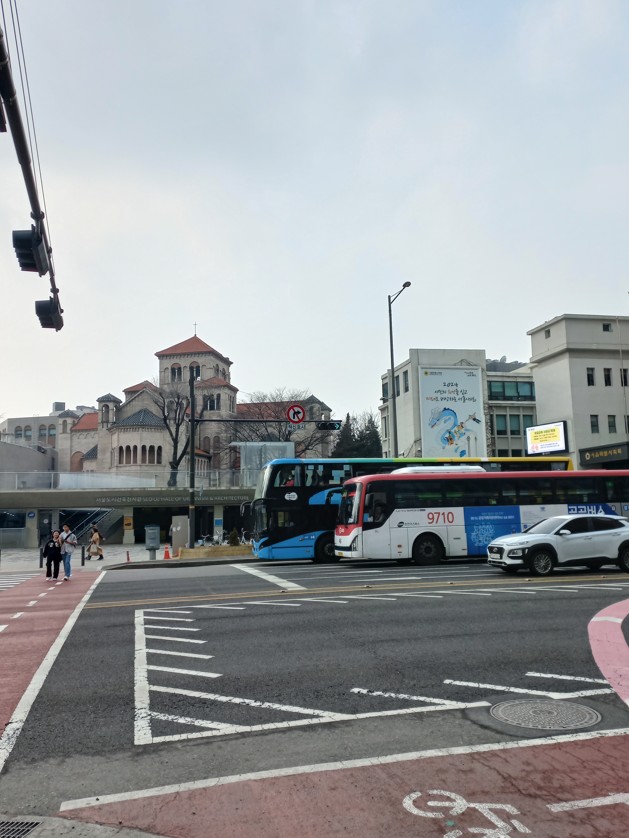 How do I pay for public transportation in Korea?
How do I pay for public transportation in Korea?
How do I pay for public transportation in Korea?
Korea boasts a very efficient and extensive public transportation system, so you can easily get around the country. Whether you’re exploring the busy streets of Seoul or venturing into the beautiful countryside, it’s essential to understand how to pay for public transportation. In this article, we look at the various payment methods available, providing all the information needed to seamlessly navigate Korea’s transportation system.
Transportation card.
One of the most common and convenient ways to pay public transportation fees in Korea is by using a transportation card. Known as “T-Money” in most urban areas or “CashBee” in some areas, the reloadable card can be used on buses, subways, and even taxis. To get a transportation card, simply visit convenience stores or subway stations. The cards can be charged with cash or credit at designated kiosks across the country.
Using a transportation card offers several advantages. First, it eliminates the hassle of carrying the exact change for each ride. Instead, the user can tap the card at sensors when getting in and out of the vehicle, as the fee is automatically deducted from the card balance. In addition, transportation cards often offer discounts on transfers or multiple consecutive rides.
Mobile payment app.
With the rapid development of technology, mobile payment apps are becoming more popular in Korea. Apps like “T-Money” and “Naver Pay” allow users to connect their transportation cards to their smartphones and make payments conveniently. By using these apps, travelers can simply tap their phones on the sensor to pay for their transportation. The mobile payment app also offers features such as checking balances, discounting fares, and even checking the arrival times of buses and trains.
Cash payment.
While transportation cards and mobile payment apps offer the most convenience, cash payments are still allowed on most public transportation in Korea. However, it is important to note that cash payments are usually only allowed in the correct change. Bus drivers in particular are advised to carry small bills because they may not have change on large bills.
It is also worth mentioning that cash payments on buses often require additional fees compared to using a transportation card. Called a “cash payment penalty,” the fee encourages users to choose a more efficient payment method.
Intercity transportation.
Payment methods may vary with intercity transportation, such as long-distance buses and trains. Tickets are generally recommended to be purchased online or at stations in advance. Online ticketing platforms, such as Korail and Interpark, offer the convenience of making reservations and payments comfortably at home.